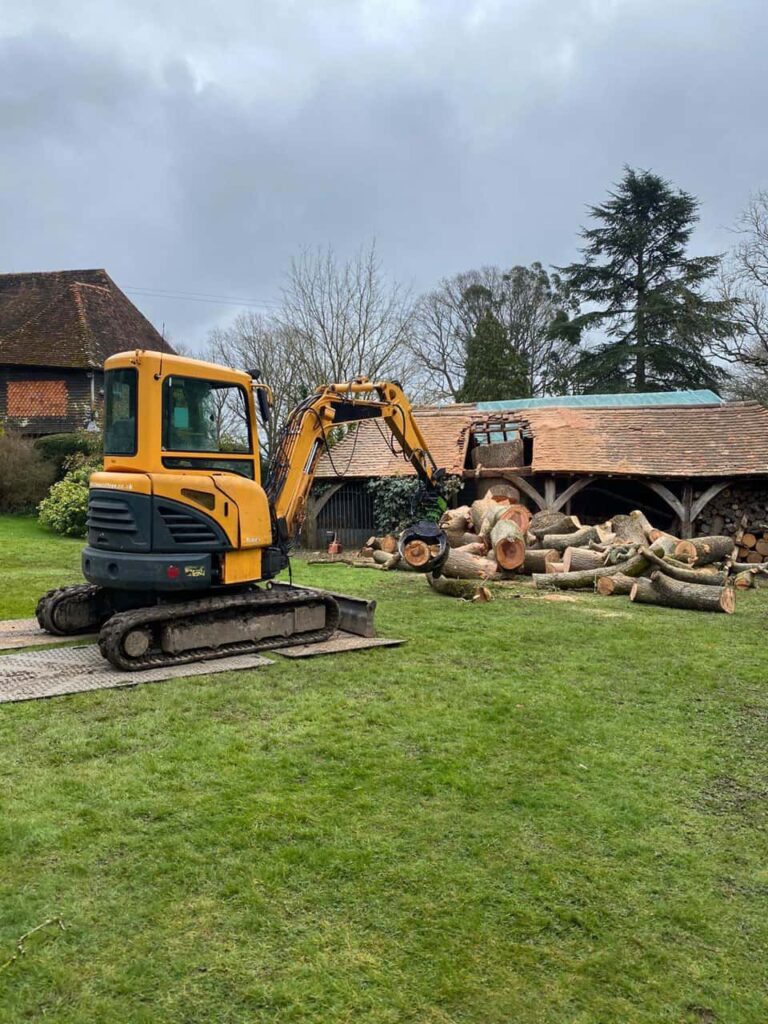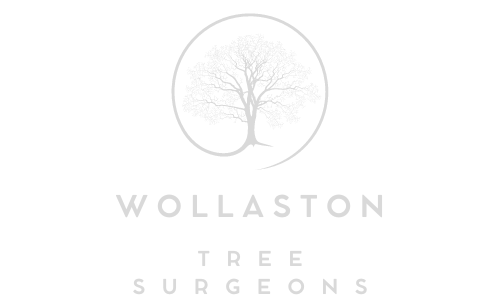Getting Started: A Beginner’s Guide to Tree Trimming Tools and Equipment
Introduction: Embarking on a journey into the world of tree trimming can be an exciting and rewarding experience, but having the right tools and equipment to ensure success and safety is essential. At Wollaston Tree Surgeons, we understand that selecting the appropriate tools can be overwhelming for beginners, which is why we’ve put together this comprehensive guide to help you get started. Whether you’re a homeowner looking to maintain your trees or considering a career in arboriculture, this guide will cover the essential tree-trimming tools and equipment you need to know about.
1. Pruning Shears:
Pruning shears, or hand pruners or secateurs, are essential for trimming small branches and foliage. These handheld tools come in various sizes and designs, including bypass pruners, anvil pruners, and ratchet pruners. Bypass pruners are ideal for precise, clean cuts on live branches, while anvil pruners are better suited for deadwood and thicker branches. Ratchet pruners feature a mechanism allowing easier cutting of thicker branches with less effort.
2. Loppers:
Loppers are similar to pruning shears but have longer handles and larger blades, making them suitable for cutting thicker branches and stems. Like pruning shears, loppers come in various styles, including bypass, anvil, and ratchet loppers. Bypass loppers are ideal for live branches, while anvil loppers are better suited for deadwood and thick branches. Ratchet loppers provide additional leverage for cutting through tough branches.
3. Pruning Saw:
Pruning saws are essential for cutting larger branches and limbs that cannot be easily handled with pruning shears or loppers. These handheld saws feature a curved blade with sharp, serrated teeth designed to cut through wood efficiently. Folding pruning saws are compact and portable, making them convenient for tasks in tight spaces. Consider investing in a bow or pole saw for larger branches and tougher cuts for extended reach and cutting power.
4. Pole Pruner:
Pole pruners are specialised tools for trimming high branches and limbs without a ladder. These tools consist of a pruning saw or lopper attached to a long pole, allowing for safe and efficient trimming from the ground. Pole pruners come in manual and powered versions, with manual pole pruners requiring manual effort to operate and powered pole pruners utilising electric or gas-powered engines for cutting.
5. Safety Gear:
Safety gear is essential when trimming trees to protect yourself from hazards such as falling branches, debris, and sharp tools. Essential safety gear includes a helmet with face shield and hearing protection, gloves, safety glasses or goggles, sturdy footwear with slip-resistant soles, and protective clothing such as long sleeves and pants.
6. Climbing Gear (Optional):
For more advanced tree trimming tasks involving climbing, specialised climbing gear is required to ensure safety and stability while working aloft. Climbing gear may include a climbing harness, climbing ropes, carabiners, ascenders, and descenders. Proper training and certification are essential for using climbing gear safely and effectively.
Conclusion: The right tools and equipment are essential for successful and safe tree trimming. By investing in high-quality tools and following proper safety procedures, you can confidently tackle tree-trimming tasks and achieve professional-quality results.
Call us on: 01933 823 181
Click here to find out more about Wollaston Tree Surgeons
Click here to complete our contact form and see how we can help with your tree’s needs.

